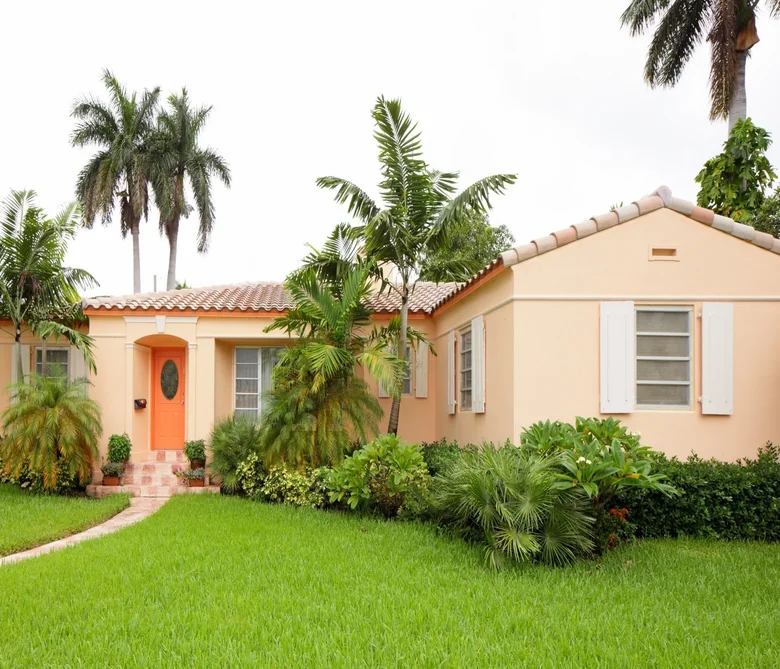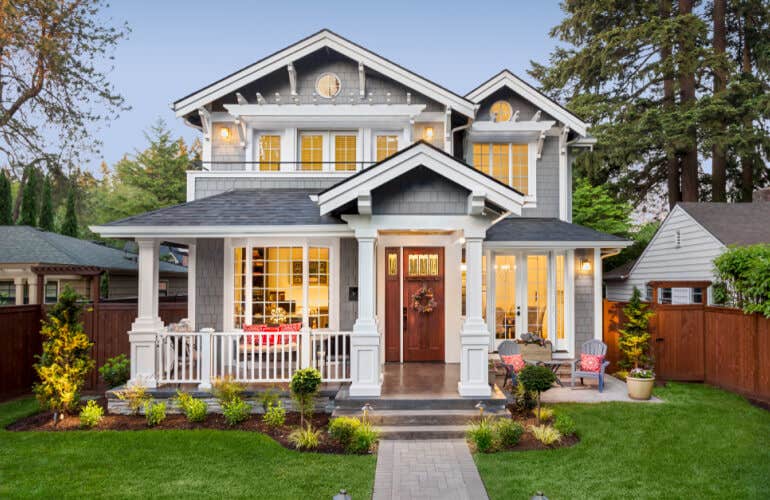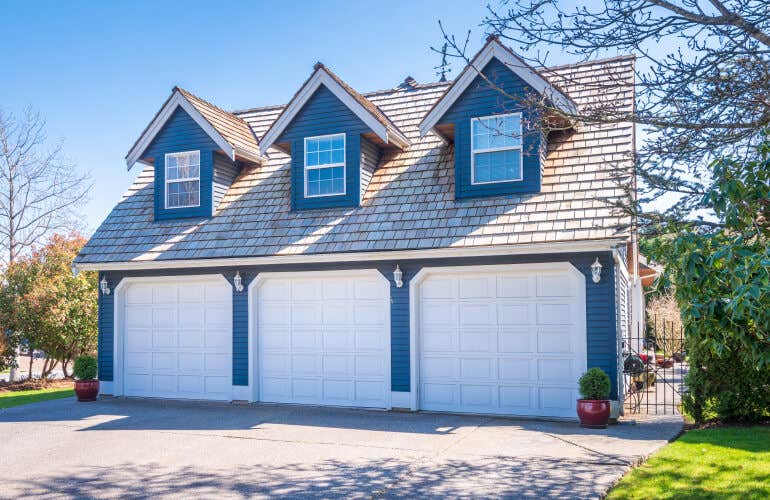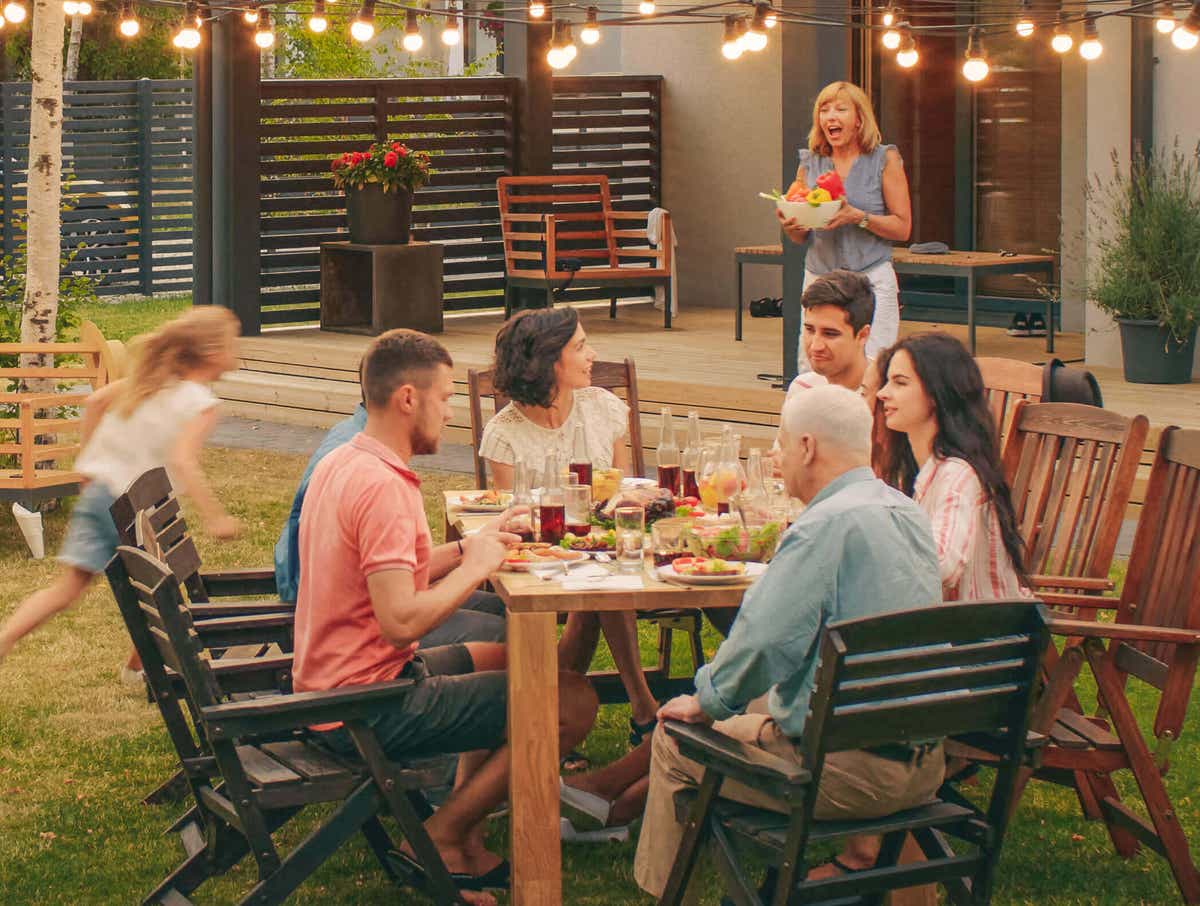What is homeowners insurance?
Home insurance protects your finances when damage to your home or claims of liability puts them at risk. Policies typically safeguard your home, belongings, personal liability as well as other structures on your property, an injured guest’s medical expenses, and your additional living expenses if covered damage makes the home where you live uninhabitable.
*But the world is an ever-changing place, so we’ve reimagined our policy forms to bring homeowners outside of Florida and Louisiana innovative home insurance: House & Property policy.
House & Property insurance adapts to how you use your home. The base policy provides the coverage you need when you rent your home to others – similar to a dwelling fire (DP3) insurance policy other insurers may offer. Members who live in their home full or part time can add the owner-occupied endorsement to get the coverage of a typical homeowners policy – similar to a HO3 policy.
Start protecting your home today. Enter your address for a quick quote.
What does home insurance cover?
Homeowners insurance policies are usually for properties that you live in for more than half the year and include six coverage parts that protect:
-
The actual structure of your home, inside and out (this is Coverage A in your policy).
-
Other structures, like your garage, fences, and sheds (Coverage B).
-
Your belongings that make your house a home (Coverage C).
-
Loss of use expenses when a covered loss forces you to temporarily relocate (Coverage D).
-
Your personal liability if you’ve accidentally caused someone bodily injury or property damage (Coverage E).
-
Medical expenses when a guest has an injury at your home (Coverage F).
Scroll down for more information on each coverage part.







